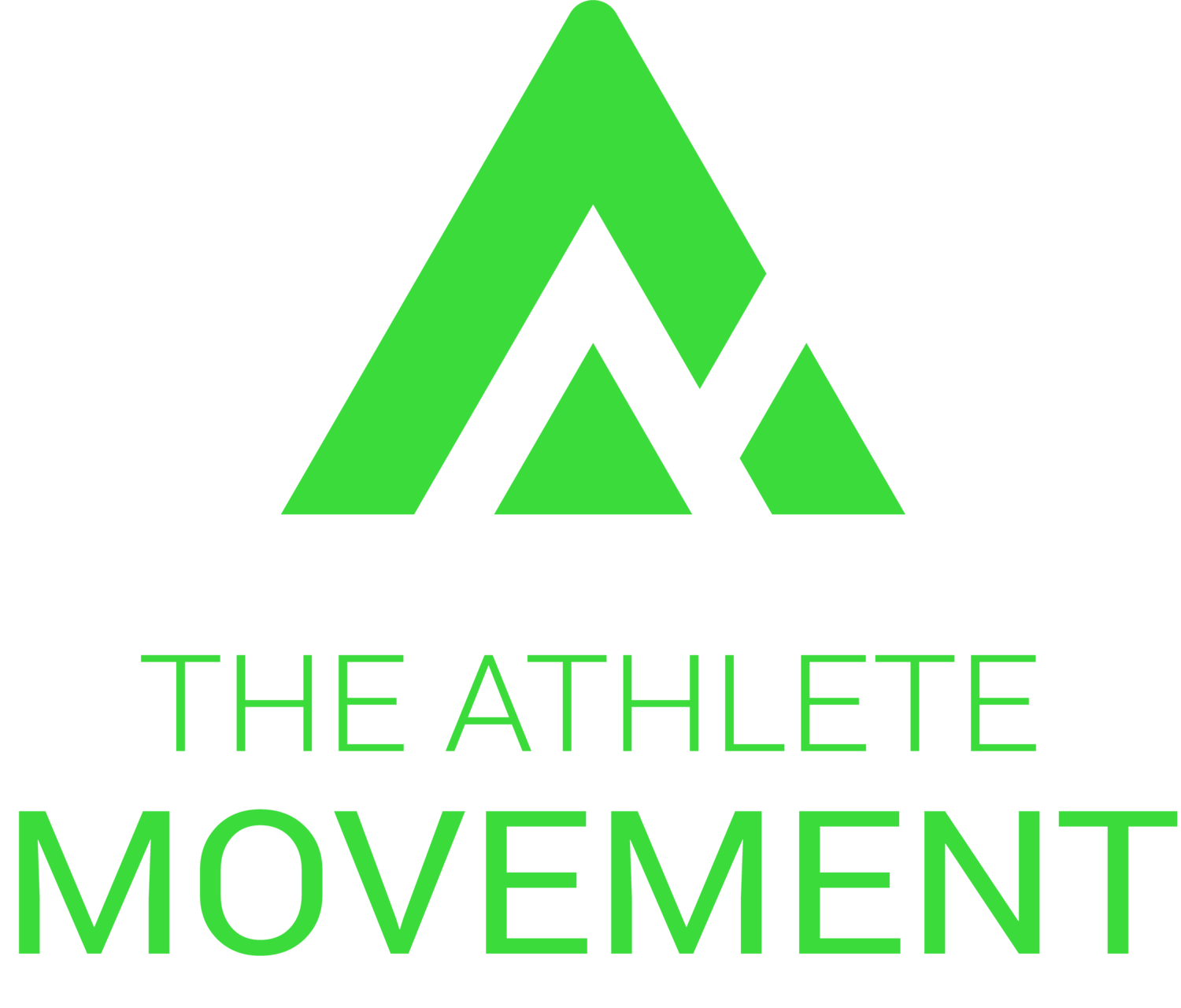A back injury is debilitating both physically and mentally and it may not come as a surprise when I say it is one of the most common injuries in sport. Just think about the amount of stress and unsafe environments athletes place on or put their body in:
Large volumes of physical training (strength and conditioning)
High impact, contact, jarring and force absorption (NFL, AFL, Rugby, Basketball, Running)
Repetitive rotational movement (Tennis, Golf, Cricket)
Long durations seated sometimes with vibration (Rowing, Cycling, F1, V8 Drivers)
It’s no wonder most athletes suffer back pain at some point during their athletic careers and eventually require rehabilitation or surgical repair. I personally would have never thought that at the ripe age of 22-23 I would have suffered a back injury, got to the point of being unable to physically move and require surgery. It was an extremely depressing experience and a long process of gradually chasing my confidence back. However, in hindsight there are always some positives to gain from an injury.
How I look at the positives of my back injury?
I learned more about the back and how it is suppose to function
I learned how to effectively minimise stressors to the back and self treat/care for my body and others.
I can now sympathise with individuals that have or had back injuries and understand their pain more clearly
Most of all though, I can see the big picture – too often people always look at the short term goal (which is fine), but never have that long term goal in the back of their mind.
My advice for athletes that have back pain?
Do not let your injury snowball. By thinking ‘oh ill just stop lifting/running and rest it for a week or two’ No. You have not solved the real reason/cause/root of the injury and it will eventually come back and get worse in the long run. I would argue that every person who has ever had back pain has attempted to just let it rest. Sure rest is initially good for settling the inflammation. However they never actually solve the underlying issue (often an issue above or below the injury site) after letting it rest.
I strongly recommend to see a good physiotherapist that you know has experience in back injury management or alternatively is not afraid to refer out when they need or should. Ask your physio plenty of questions. Through conversation you should be able to find out who knows what they are talking about, who is guessing a bit too much or who isn’t capable of helping you with your injury.
Following physical therapy, seek an exercise professional and begin to re-integrate fundamental movement skills and get efficient at them! As an athlete you need to move and move with efficiency. It doesn’t mean going straight back into the 150kg deadlifts but instead you may need to re-groove technique and motor control. If you take short cuts along the way, they will eventually catch up and set you back (pun un-intended).
My training advice for athletes that have back pain:
Aim to improve total body mobility - in particular the ankles, hips and thoracic spine. When these areas lack the necessary mobility, your body will adapt and search for the mobility somewhere else - more often than not, the lower back.
Make sure you can hip hinge without excessive spinal flexion or extension - neutral is the safe zone. A strong and stable hip hinge is fundamental in sport and training.
Reduce sheer stress when lifting - conventional deadlifts and barbell bent-over rows may not be your friend anymore. But does this really matter nor should you care? Not at all. You are not training to be a weight/power lifter but instead an athlete that plays on the court/field. Remember this at all times! There are also 'back-safe' alternatives that can get you a similar training stimuli, for example trap (hex) bar deadlifts, bench pulls/prone bench rows or seated cable rows .
Assess your running technique, generally the back will take a lot of the load/impact and flare up following large volume running
Be smart throughout the pre/in-season and promote faster recovery rates and reduce fatigue i.e dynamic warm-up prior to activity, cool-down stretching post activity, self myo-fascial release (SMFR) or physiotherapy treatment and ice baths.
At The Athlete Movement I coach to strengthen the back whilst protect it from injury. Throughout my coaching career and recreational lifting I always weigh the benefit versus the risk. Think about that and use it in your own training. One last thing - stay positive and believe in the process!
Join the movement!

